Saikano
8 /10 1 Votes
Director Taikan Suga | Genre Romance, Military, Apocalyptic and post-apocalyptic fiction, Tragedy, Inspirational fiction Duration | |||||||||||||||||||||||||||||||||
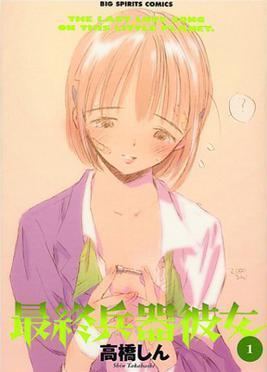 | ||||||||||||||||||||||||||||||||||
Release date January 28, 2006 | ||||||||||||||||||||||||||||||||||
Saikano she the ultimate weapon cine east com
Saikano: The Last Love Song on This Little Planet. (最終兵器彼女, Saishū Heiki Kanojo, lit. She, the Ultimate Weapon) is a manga, anime, and OVA series by Shin Takahashi, creator of Iihito and Kimi no Kakera. Saikano was originally serialized in Shogakukan's Big Comic Spirits magazine.
Contents
- Saikano she the ultimate weapon cine east com
- Saikano live action trailer
- Plot
- War
- Main characters
- Minor characters
- Others
- Manga
- One shots
- Anime
- Live action film
- References
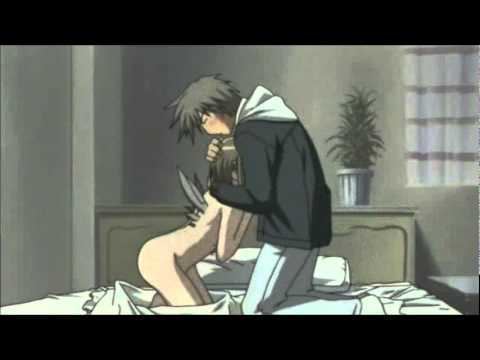
A live-action movie adaptation was released in Japan on January 28, 2006 with Aki Maeda starring as Chise.
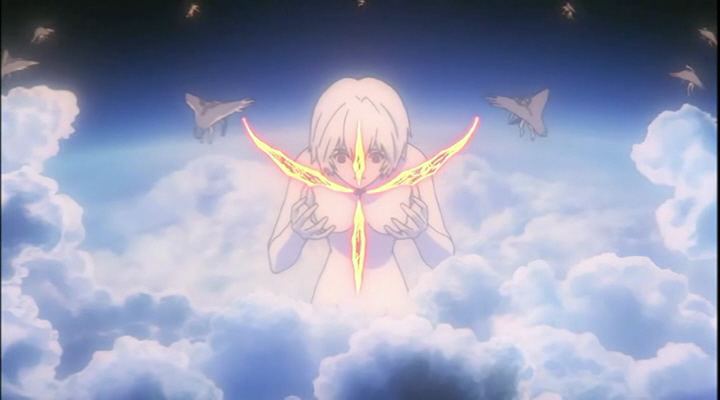
The Saikano manga has been licensed and distributed by Viz Media in English in North America. The anime series is distributed in the UK by Manga Entertainment (as "She, the Ultimate Weapon"). The anime series was also licensed by Viz, but is now licensed by Sentai Filmworks.
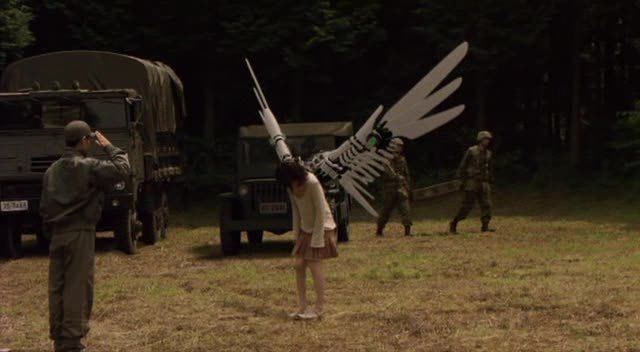
Although the city is not mentioned by name in the series, many of the locations used in Saikano can by all probability be found in Otaru-shi, west of Sapporo. The train station, "Hell Hill", the Asahi Observation Hill, the view over the harbor, and the school all have similar looking counterparts in the city of Otaru.
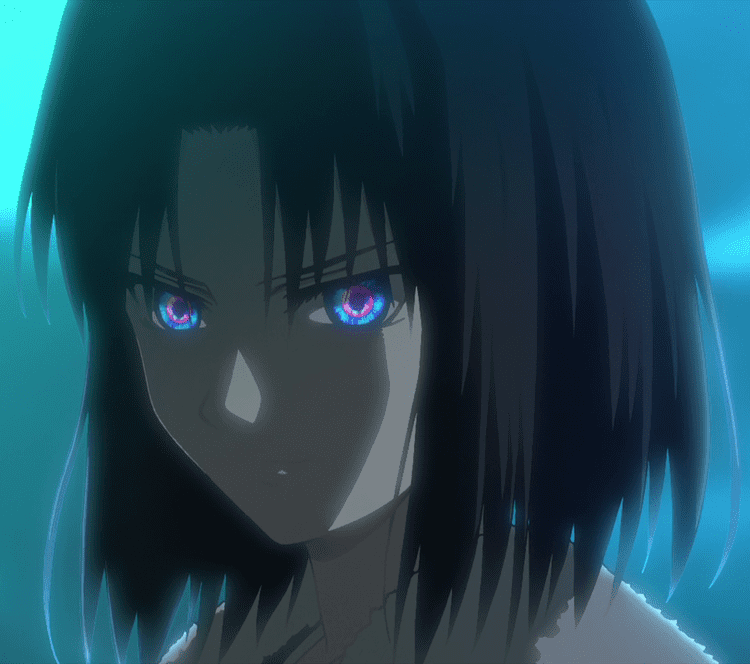
Saikano live action trailer
Plot
The story begins with Shuji (シュウジ, Shūji), a high school student in a Hokkaidō coastal city, walking up to an observatory and reminiscing about his girlfriend, Chise (ちせ); there he finds her exchange diaries that she purposefully left behind. The ensuing story is narrated by Shuji through flashbacks while reading Chise's diary. Chise, a fellow student in his class, declares her love for Shuji at the beginning of the series. However, Chise is very shy and Shuji is insensitive: neither know how to express their feelings very well, but they do indeed have feelings for each other.
One day, while Shuji is shopping in Sapporo, unknown bombers attack the city in broad daylight. He and his friends run for cover, but notice a fast and small flying object shooting down the enemy bombers. Separated from his friends, Shuji wanders through the wreckage—only to stumble upon Chise; here she has metal wings and weapons—apparently grafted onto her body. She tells him she has become the ultimate weapon, without her knowledge or consent, and that she is seen by the Japan Self-Defense Forces (JSDF) as the last hope for defending Japan. In the anime, it is not apparent why Chise was chosen to be the ultimate weapon or why the country is under attack. It was not until the OVA episodes were released that an explanation for Chise being chosen was offered: her body has the highest degree of compatibility with the weapon system.
This story focuses primarily on Chise's fading humanity as her condition worsens. The main conflict is within Chise herself; she questions whether or not she is human. Her soul is constantly trying to be a normal girl, while her body succumbs to the devastating effects of the weapon cell within her. Fundamentally important to the plot is the relationship between Shuji and Chise. From this, the resolution of the conflict follows. In the end, she is able to realize who she truly is.
A number of minor characters who do not necessarily know of Chise's role in the war have sub-plots that concern everyday people in the context of war: a woman whose husband is constantly away from home, a school boy who joins the army to protect his girlfriend, a girl whose civilian boyfriend is killed in a bombing, and others.
War
Both the manga and the anime feature a hotly contested war. Battles are shown through the lives of people on the front, but the diplomatic particulars of the war are not revealed to the audience. A reason is never given as to why the war broke out in the first place.
Although who the Japanese are fighting is never explicitly explained, in one episode an enemy plane is shot down near the city and the pilot's one or two lines are in near perfect American English. In the manga and OVA, Chise speaks to some English speaking enemy soldiers (with various accents), saying that she does not know much English, and later in the series there are some enemy soldiers that speak French. The OVAs also portray some of the soldiers speaking French. At the beginning of the OVA, Japan is attacked by Tornado jets, as used by European Air forces, and the attacking army is described as 'The Combined Forces'.
The only weapon of mass destruction observed in both the anime and manga was Chise herself, who by the middle of the story had the power to destroy entire cities and did so on a fairly regular basis. In more than one battle over a Japanese city, Chise simply vaporized the city and most of the people in it. In the OVA, one English speaking soldier from 'The Combined Forces' claims that Chise destroyed his home town.
Main characters
Minor characters
Others
Manga
Originally serialized in Shogakukan magazine, the complete manga series runs for 7 volumes. The Saikano manga has been licensed by VIZ Media and translated into English. It has also been translated into Spanish by Glénat, into Italian by Panini Comics, into German by Carlsen Verlag and into French by Éditions Delcourt.
The anime follows the manga very closely until the end, where it takes a dramatic turn. In the manga, Chise is portrayed as the one who, after having been almost completely replaced by machine, decides to "liberate" what is left of mankind from its suffering of having to exist on a devastated Earth. In the anime, Chise tries to save the last of the Japanese population from an impending natural disaster coupled with an arriving foreign attack force, but fails. In both, Shuji becomes the last surviving member of humanity. The anime ending is rather disjointed from the rest of the story, where Chise is actively attacking and eliminating population centers around the world.
One-shots
The story is of a 17-year-old Japanese sniper, who hides in the remains of a block of flats and kills enemy soldiers so that he can collect their guns (sans ammunition, just to lay them out on the floor). At the start of the story, he kills a group of enemy soldiers who are about to rape a Japanese girl. While collecting their guns, the sniper is confronted by the girl who picked up one of the guns, but the sniper eventually befriends the girl and takes her back to his room because he wants to have sex with her. It is revealed that he only has five rounds left, with his final round being his good luck charm that he keeps in the pocket, and that he wants to die because it will relieve him from the war. However, after getting to know the girl better and having sex with her, he becomes afraid of death, and when firing on an enemy squadron that came looking for him, he misses and reveals his position. Eventually, he finds himself unable to fire his good luck charm round due to his fear of death. Suddenly the girl appears in the doorway, bringing the guns and ammo of the soldiers he has just killed, saying that he now has the ammunition to kill more soldiers and can keep fighting in the war. Right as the sniper smiles however, three enemy soldiers appear behind the girl, kill the sniper and then rape and kill the girl. The enemy soldiers themselves all die two days later.
A series by Shin Takahashi which is a collection of OneShots called "The Last Love Song On This Little Planet". The first, and currently only released, story is of the day Chise asked Shuji to be her boyfriend and their journey home from the place where that happens. Takahashi does not shy away from confronting the awkwardness between the two teenagers and their problems, continuing the trend from his main series "SaiKano"
Anime
The television series ran for 13 episodes and faithfully adapted all of the chapters in the manga. However, the last TV episode strayed from the manga's continuity and gave an original conclusion to the anime.
Saikano first aired on the Family Gekijou channel from July 2, 2002 to September 24, 2002. Two 30 minute OVA episodes were also released.
Live-action film
Numerous differences exist between the live action movie and the anime, due to time restraints. In the movie multiple characters are missing, such as Take, Yukari, Nori, and Akemi’s sister Satomi. Shuji never quit the track team, and Fuyumi was never his middle school teacher-–their relationship never goes past playful flirtation. Tetsu is initially hostile to Chise, and sees her as a monster, but he changes his mind and decides to take care of Chise (in contrast to his immediate embrace of Chise in the anime); also, Tetsu’s death is a very brief affair in the live action movie compared to the anime. In the live action movie Atsushi does not enlist in the army for the sake of Akemi, while in the anime he dies clutching a photo of her at his death. Akemi does not die in Shuji’s arms from an earthquake, rather she dies in a hospital from injuries sustained during an air raid; however she still confesses her love to Shuji. Chise and Shuji do not run away to a harbor city in the live action movie, but to an isolated farm house; here Chise is not shown as becoming progressively inhuman, as she was in the anime. Also, the circumstances of the invasion are clear in the live action movie; the invading countries are doing so due to the creation of Chise herself – they also threaten nuclear attack unless Japan destroys Chise by a certain date. Overall, the live action movie does not actively portray the suffering of a besieged Japan: such medicine and food shortages as are shown in the anime are not present in the live action movie. Importantly, the world is not destroyed in the live action movie.
